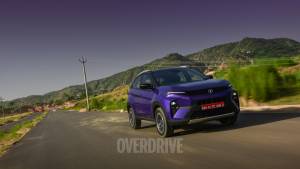Design journeys: The works of Luc Donckerwolke
Michel Vaillant is a name that's gone from comic books to TV series and even a film. And is a name I'm going to be thinking of the next time I see any new Hyundai out and about. You see, Michel Vaillant is the lead character in a long-running French comic book of the same name by Jean Granot published in the early '60s, about a young F1 racing driver's escapades on track. Apart from probably having influenced a handful of kids to get into motorsport, the comic series is also the reason a young Luc Donckerwolke started drawing cars in the first place.
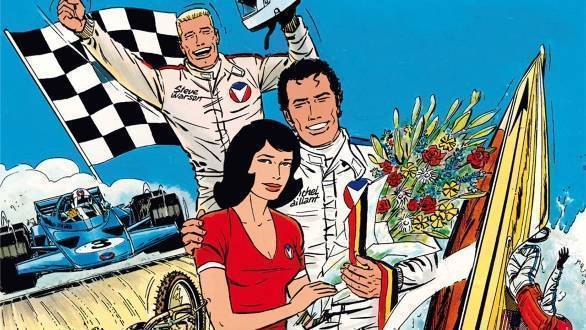
And now, decades later, Donckerwolke (Hyundai's ex-chief design officer) has come full circle, sketching cars in his free time for the very comic that inspired his choice of profession! That choice took him from an electromechanical degree from Brussels to a transportation degree from ArtCenter College of Design (Europe), and finally, in designing, as well as overseeing, cars that have helped turn the image of its maker at the time.
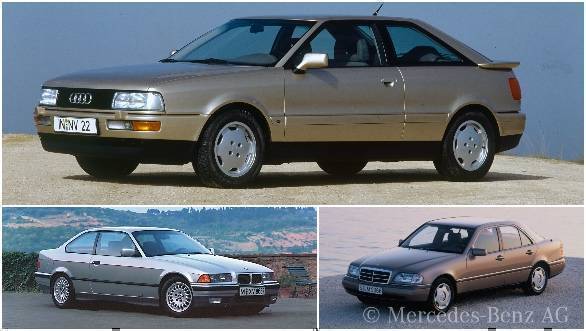 The third-gen Audi 80 came first, but had stiff competition from BMW and Mercedes - Audi needed a revolution
The third-gen Audi 80 came first, but had stiff competition from BMW and Mercedes - Audi needed a revolution
After a few years at Peugeot at the turn of the '90s, Donckerwolke's career really only took off when he moved to Audi a few years later, at a time when the brand was floundering. The Berlin Wall had fallen, a global recession was coming, and Audi didn't quite hold the same cachet as a BMW, or Mercedes. There was also an undergoing shift in car design. Boxy, angled designs were giving way to softer curves, and Audi couldn't be left behind.
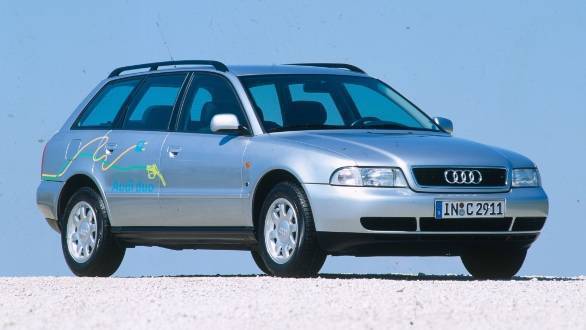
The A8 in 1994, designed by Dirk van Braeckel, broke new ground with its all-aluminium construction. But it was the all-aluminium A4 that became Audi's lifeline and helped change perceptions of Audi being "a more expensive Volkswagen" when it was launched the same year. It's also the year Audi changed their naming conventions, from 80 and 100 to A4 and A6. Amidst it all, Donckerwolke helped design the A4 Avant, the A4's estate, a significant car for being the first diesel-hybrid when it went on sale.
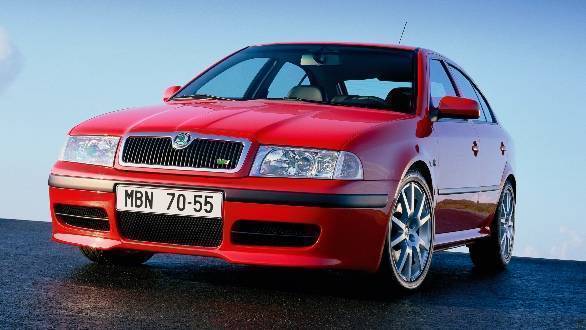
By then, Donckerwolke had already moved to Skoda, a brief stint between 1994-96. Here he was part of the team, headed by Dirk van Braeckel, tasked with reinventing the Czech brand. Considering the background of the designers, it's no wonder the resultant first-gen Skoda Octavia was an instant hit, and more than a little reminiscent of Audis and BMWs of the time. A momentous car in its own right, also being the first all-new car from Skoda after the VW Group had taken the reins, its notchback rear helped make it one of the most spacious in its class. Exterior design by the same team was also started on a no less iconic model, the first-gen Fabia that was introduced in 1999 and won consecutive 'Car of the Year' awards in the UK.
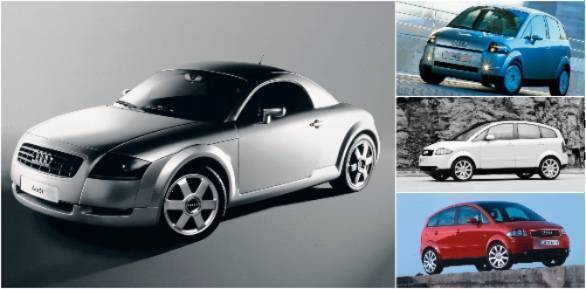
With these solid hits under his belt, Donckerwolke moved back to Audi to head concept development. The Audi TT design study of 1995, under Peter Schreyer and Walter de'Silva's direction, had just taken the world by storm, and Donckerwolke was successful in adapting some of those elements, like the headlights, to a couple of ideas that Audi had been toying with. The first, a supermini that had to not look or feel cheap, resulting in the A2 concept of 1996 and subsequent production car, which many still consider to have been too far ahead of its time.
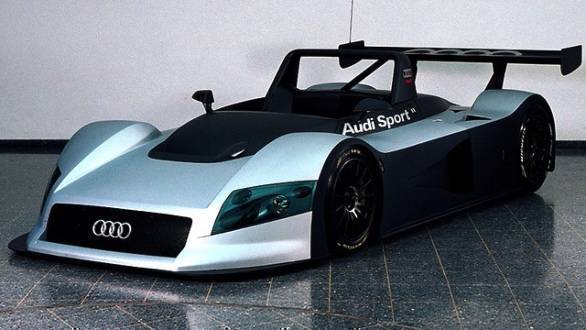
The second, a racecar to herald Audi's entry into the 24 Hours of Le Mans. This was the R8R prototype, which was further developed and honed to take an impressive third place finish at its first Le Mans in 1999! Impressive enough that when VW Group bought the struggling Bentley, Bugatti and Lamborghini brands, Donckerwolke was made head of design for the marque of the raging bull to try and pull off another hail mary.
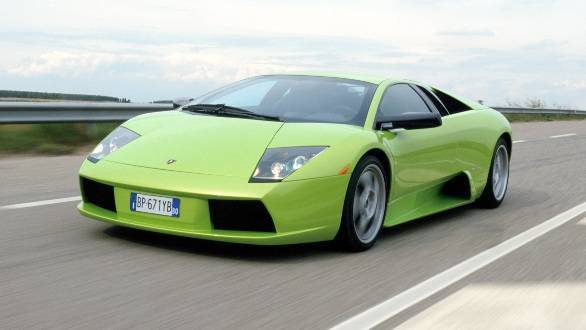
At Lamborghini from 1998 to 2005, he helped set up a design studio for the brand at Sant'Agata. Prior to which, design at Lamborghini had been outsourced, specifically to Bertone led by Gandini for the Diablo, going back to the Countach and Miura. So, when the Donckerwolke-supervised Murcielago Coupe was presented in 2001, the first new Lamborghini in 11 years, it was an understandably big deal. Mainly because it wasn't, dare I say it, silly. It was still wedge-shaped but had no bulging bumpers, wings or vents. And no longer had the Gandini-signature irregular-shaped rear wheel arch. There wasn't really an element you could pick out and debate over for hours on end, and that isn't necessarily a good thing. Especially for a Lamborghini with a beautiful V12 in the back. From an interview at the time, he said, "It's all about the minimalistic approach as a designer. You should not let the design become the superstar of Lamborghini. The superstar remains the heart the engine."
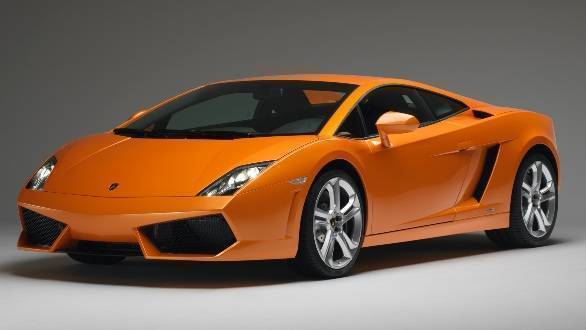
With access to VW-Audi money and parts bin, it was decided to add a model with a V10, as a lower-cost, smaller alternative to bring in more customers at a time when Lamborghini was making an average of under 500 cars a year. ItalDesign was asked to send in a few designs, and one based on an earlier concept, the Cala, was picked.
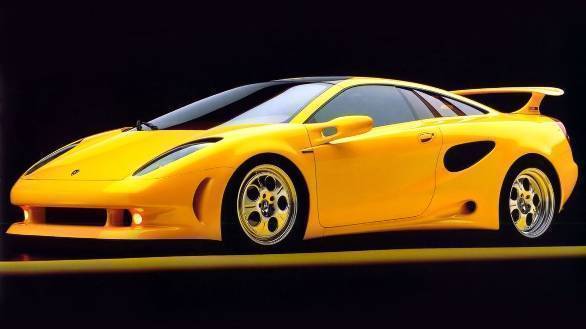 The ItalDesign Cala came close to being selected for the design of the Gallardo. How glad are you that Lamborghini had set up an in-house design studio by then?
The ItalDesign Cala came close to being selected for the design of the Gallardo. How glad are you that Lamborghini had set up an in-house design studio by then?
Donckerwolke's team ended up fine-tuning it, with only the lines on the hood carrying over to the final product the Gallardo in 2003. With a short nose, and pushed forward windscreen, it also returned Lamborghini to the sharp, angular designs that made the pure Countach LP400 so timeless. No wonder it's been the brand's bestselling model to date. The hard lines and angularity is a trend that's been followed even after Donckerwolke left. Taken to the maximum, and arguably over the limit too, but that excess is an important element of the brand's DNA nonetheless. Donckerwolke's last gifts to Lamborghini before parting ways were the Gallardo Concept S speedster, one of the first of a style that's becoming more popular now, and the stunning modern reincarnation of the Miura. With the original being one of the cars Donckerwolke had always wished he'd designed, the Miura concept designed alongside VW Group design head and his mentor, Walter de'Silva, did more than just pay justice to the old model it fired up the imaginations of scores of fans.
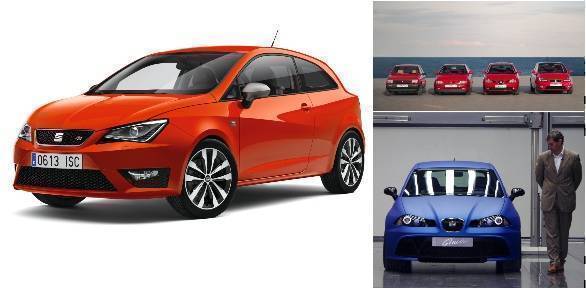
With a reputation of turning around businesses through spectacular designs, Donckerwolke's next task was to revive SEAT, and the brand's volume model, the Ibiza. With the previous generations having been designed by greats such as Giorgetto Giugiaro and de'Silva, it was certainly trying footsteps to follow. But the 2008 Ibiza was a far more stylish car, even though the earlier generation had a bit of Alfa Romeo in its nose, courtesy de'Silva. Donckerwolke was able to add musculature over the fenders, and through clever use of hard lines as surfaces that divide how light is reflected on the car another design trait we'll see put to good use in his later designs. In fact, if you look close enough at the Seat Tribu concept, you'll see bits of the Hyundai Venue in its proportions.
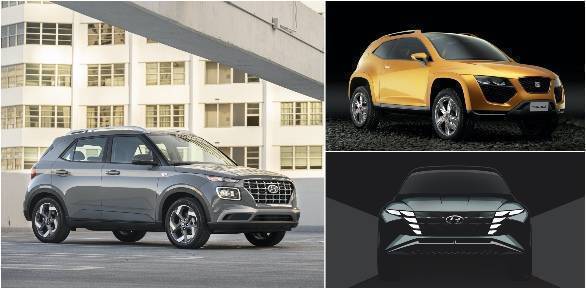 Spot the similarities between the SEAT Tribu concept, and the Hyundai Vision T concepts, to the Venue production car
Spot the similarities between the SEAT Tribu concept, and the Hyundai Vision T concepts, to the Venue production car
From there, it was a move to Bentley, as director of design. A move precipitated by the lacklustre reception in 2012 to Bentley's EXP 9 F concept, the brand's first stab at an SUV. Donckerwolke was brought in to try and salvage Dirk van Braeckel's design, who had earlier designed hits like the new Continental which became the GT, and Mulsanne. At any rate, trying to express a brand like Bentley's design language in an SUV mould is tough business, and the slightly discordant Bentayga was the result. To his credit, with Bentley, there's a lot of heritage to uphold, and design can only progress as an evolution of the past Donckerwolke tried, and put together an entirely new team, and studio at Crewe. The redesigned 2014 Flying Spur certainly looked more contemporary and sportier at the same time, helped in equal parts by the more upright grille, and the lower, squatter roofline. This despite being nearly identical in size to the old model, which suddenly began to look positively stately. Donckerwolke also penned the dynamic 2015 EXP 10 Speed 6 concept, a huge break from the past for Bentley, with its hard edges turning up across the car. The new production Continental GT seems to borrow quite heavily from it.
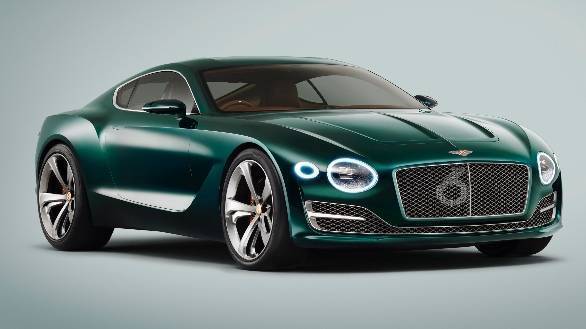
"When you design for a brand with 50, 70 or 100 years of tradition, what you do has little influence on the future. You can also make a mistake and go back into the normal course. If you design for a new brand, each element becomes legacy The worst is, at this early stage, to create something that becomes your jail. We have to create elements that differentiate us, but at the same time can evolve." It's here that Donckerwolke took on a new challenge, of leaving tradition behind completely, and starting with a blank sheet of paper with the mandate to create a new legacy from scratch for Hyundai's new luxury brand, Genesis, under Hyundai Group's design chief, and ex-boss Peter Schreyer.
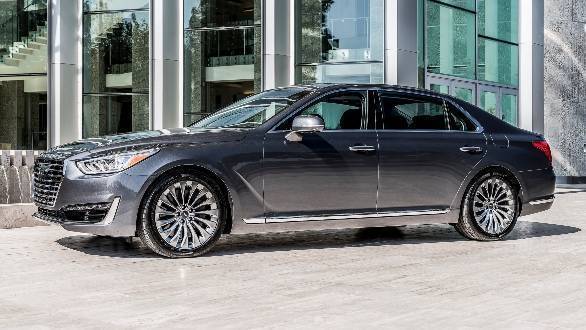
The effort started with the G90, then spawning the rest of the line-up, the G70 and the G80, all of which displayed a quiet confidence, and unusual restraint from the Belgian designer, using lines to divide volumes and increase dynamicism. Undoubtedly, the time at Bentley helped, and the GV80 concept SUV certainly shows some of the elements Donckerwolke would implement (such as the vertically-split headlights), when he took over group design officer duties from Schreyer in 2016.
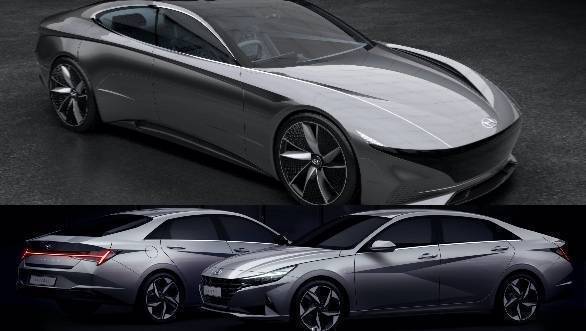 Gorgeous, gorgeous lines on the Le Fil Rouge concept, taken a step further in the extreme Elantra. Talk about pushing boundaries!
Gorgeous, gorgeous lines on the Le Fil Rouge concept, taken a step further in the extreme Elantra. Talk about pushing boundaries!
Under his direction, and with bold designers like SangYup Lee on his team, concepts like the Le Fil Rouge and Grandmaster previewed the new 'Sensuous Sportiness' philosophy, which aimed to create harmony between proportion, architecture, styling and technology. In the Grandmaster, we see the genesis of the new cascading grille, split headlights and double-pressed wheel arches we've seen on the Kona, Palisade, Venue and most recently, the Creta. Meanwhile, the LFR's proportions, complex surfacing, and pushing out of the wheels to the corners of the car served as a precursor to the new Sonata and Elantra.
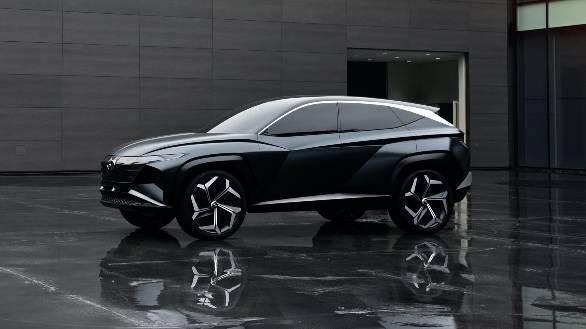 Lot of the Vision T's concepts seem to have made their way to the Creta, for example the double pressed fenders, and exaggerated wheel arch extensions in the body line
Lot of the Vision T's concepts seem to have made their way to the Creta, for example the double pressed fenders, and exaggerated wheel arch extensions in the body line
Unsurprisingly, Donckerwolke's signature hard lines and divided surfaces are present, and a new interest in manga shows through in how the faces of these cars are presented. But, somewhat uncharacteristically, the designs come across as being busy. This may be the result of trying to project confidence and personality, in being a mass market brand that's not afraid to take chances. Or of the multiple design studios in Korea, India, America creating designs for individual markets. Whatever the reason, there's no ignoring the design direction that Hyundai has taken. For better, or for worse.

Starts Rs 63.12 Lakhs
1984cc
Automatic
230
370
14.33 Kmpl
Starts Rs 7.53 Lakhs
1493cc
Manual
83
240
-NA-
Starts Rs 25.99 Lakhs
1984cc
Automatic
190
320
15.81 Kmpl







